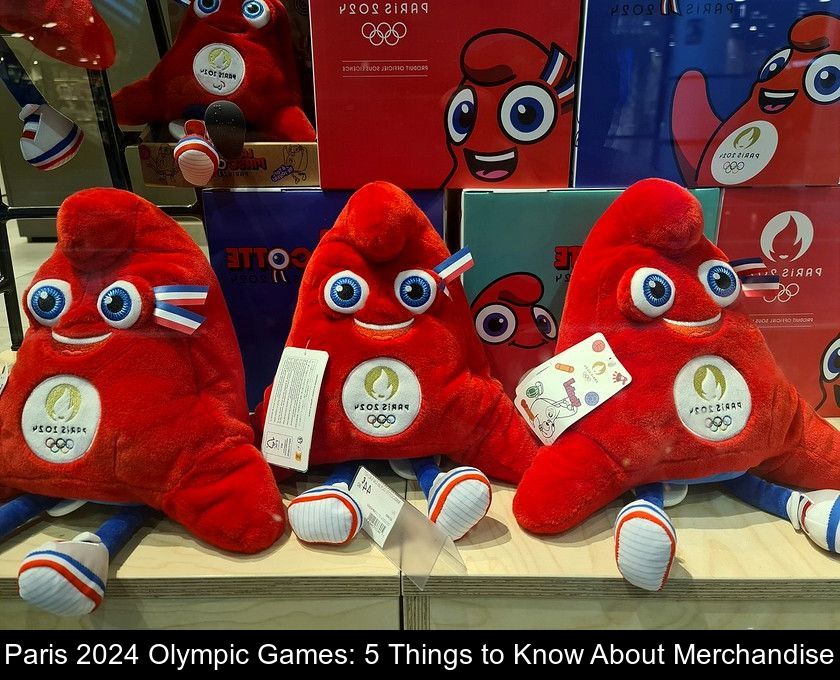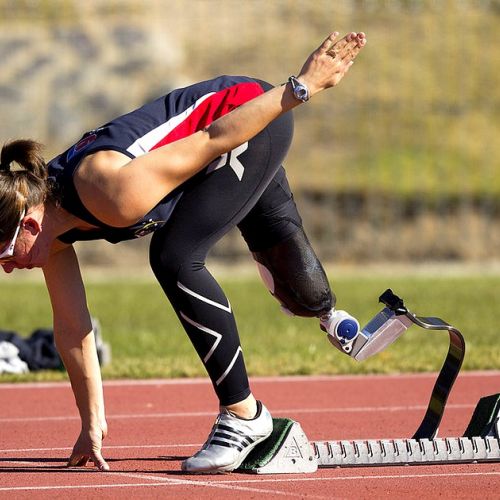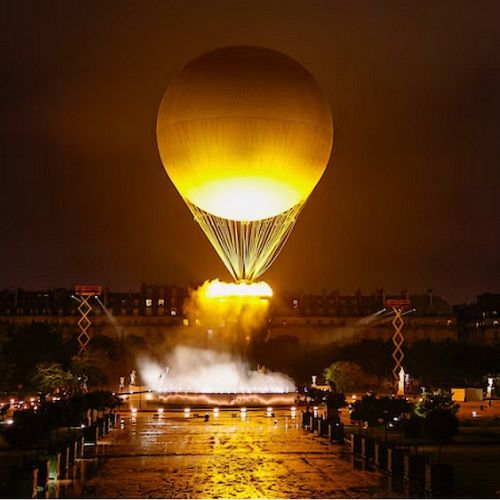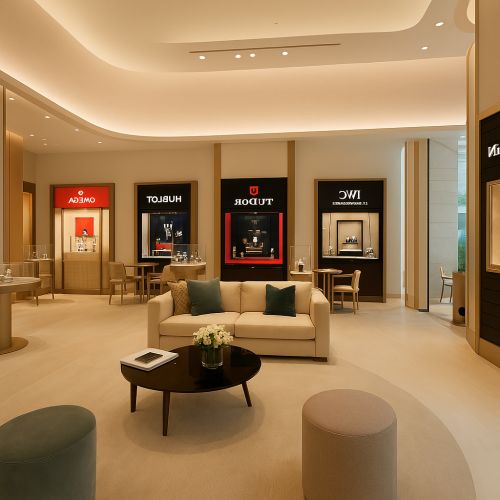Paris 2024 Olympic Games: 5 Things To Know About Merchandise
As the Paris 2024 Olympic Games approach rapidly, France is already excited about breaking records in one area: the sale of merchandise! If you are considering buying a souvenir from this global event, here are 5 things to know about Paris 2024 branded products.
The Paris 2024 license includes 3 brands.
Among the official merchandise of the Paris 2024 Olympic Games, French customers and international tourists can choose from three brands and thus three types of products:
• products bearing the official emblem of the Paris 2024 Games;
• products featuring the mascot of these games, a kind of Phrygian cap called Phryge;
• products from the French Olympic and Paralympic team brand.
These products can be purchased online on the official website (see the link below), as well as in physical retail points, whose number will increase as the Olympic Games approach.
2- Not all by-products are made in France.
The French organizing committee for Paris 2024 had promised to host the “most responsible” and “sustainable” Olympic and Paralympic Games in the history of modern Olympism. However, among the millions of official souvenirs that will be sold during these Games, not all products are strictly speaking made in France... When choosing a souvenir, it is important to keep this in mind and carefully check the labels.
The production and marketing of these items have been entrusted to 75 companies that return part of their revenue to the organizing committee of the Games. The selected companies are mostly French micro-enterprises and SMEs, but they sometimes manufacture their goodies abroad, notably in Asia and Morocco.
This choice may be surprising since the Games were supposed to promote local employment. In fact, it is the result of a compromise between origin and manufacturing cost. Having some products made abroad allows them to be offered at a more affordable price.
Since products made in France are generally more expensive, it was difficult to reconcile French origin and affordability. To meet these two conflicting requirements, the Paris 2024 organizing committee decided to offer at least one product made in France in each category of merchandise, such as t-shirts or plush toys.
3- Beware of counterfeits.
Attention: In the section of Paris 2024 Olympic Games merchandise, consumers must remain particularly vigilant against the risk of counterfeiting!
As the opening ceremony of the Olympic Games approaches, unofficial manufacturers are trying to take advantage of the opportunity and the financial windfall represented by souvenirs of this event.
On March 11, 2024, Thomas Cazenave, the Minister Delegate for Public Accounts, announced the seizure of 600 counterfeit toys bearing representations of the Phryge mascot. To combat this phenomenon, the organizing committee has trained French customs officers to recognize official products.
4- Cheap goodies are popular.
We are about two months away from the opening of the Paris 2024 Olympic Games, but merchandise is already flying off the shelves in official stores and partner outlets. It must be said that there is something for everyone and the organizing committee has focused on price accessibility.
Expect to pay €6.90 for a water bottle, €7 for an Eiffel Tower-shaped keychain, and €8 for a pin bearing the official emblem of the Games, for example. As for plush mascots, prices range from €15 for the smallest model made in China to €45 for the 28 cm made-in-France plush ... At Carrefour, which is a premium partner and sells around 400 merchandise items, the mascot in all its forms is “the absolute best-seller.”
More broadly, in official stores, sales are driven by the most affordable products, such as keychains, pens, and plush toys, not to mention the official poster, pins, stamps, and coins from the Monnaie de Paris.
5- The organizing committee aims to sell 2 billion merchandise products.
The Olympic Games organizing committee has set a goal to sell around 2 billion merchandising products. And it seems well on track to achieve this, as the sales of goodies continue to grow week by week.
Since the beginning of 2024, official products have seen their sales double each month. Official stores are already attracting both French and international customers, seeking a souvenir from this Olympic year.
It should be noted that the official stores are strategically located in key areas of the capital such as the Châtelet les Halles RER station, Montparnasse station, or the forecourt of La Défense. Moreover, the distribution network will expand during the Olympic Games (from July 26 to August 11), and then during the Paralympic Games (from August 28 to September 8): 150 additional points of sale will be set up across the forty competition and celebration sites of the Games.
The global enthusiasm for small souvenirs from this event could even revive the trend of collecting pins… One of the best-selling merchandise items in Parisian stores is a pigeon-shaped pin, a symbol full of self-mockery of the French capital.







